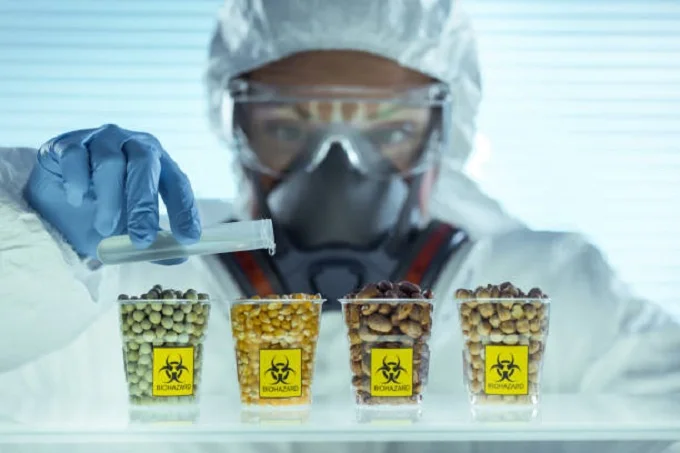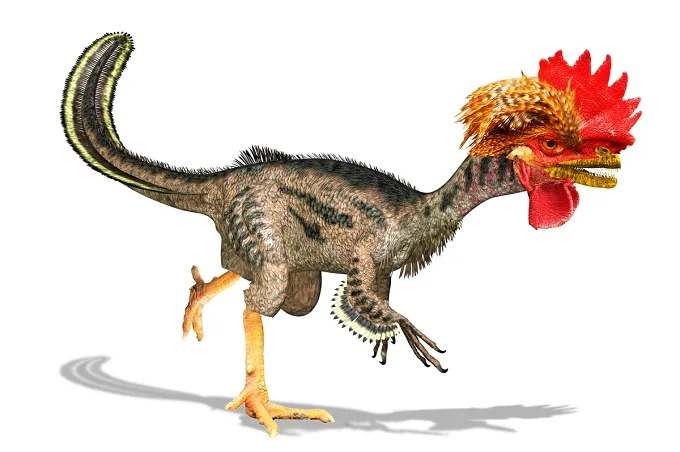6 unusual genetic engineering projects that really exist

The attitude to genetic engineering is currently rather negative for most people. All because of a large-scale campaign to discredit GMOs, which unfolded thanks to rumors and marketing. Many seriously believe that if something is genetically modified, then something harmful to them, for example, making it infertile, was put there.
Most of the alleged facts about genes and genetics are nothing more than speculation. But in fact, genetic modifications are not only not harmful but also useful, which is the future of humankind. Imagine how our species will change when we can change our genetic code so much that it will turn out, for example, to reduce sleep time to a couple of hours or breathe underwater.
So far, due to the negative approach of the majority and limited resources, genetic engineering is not developing very quickly, but already now there are good results. However, today we want to talk not about some serious projects, but rather about ridiculous and funny ones, and they really exist.
1. Mouse bitcoin wallet

Seeing how dependent conventional currencies are on countries’ actions, many people think that cryptocurrencies are actually a more interesting place to invest, even with their constantly jumping rates.
But even before this large-scale crisis, enthusiasts thought it would be nice to encode digital keys somewhere so that there was a backup copy in case the main data array was lost. Then they created the BitMouseDAO project, the essence of which is to put information about the wallet into the mouse genome. It sounds like bullshit. But in fact, this is a promising project.
The fact is that if they succeed in doing this, no one bothers to repeat the same experiment, but already in public. Why is this needed? Imagine that you do not need to carry any identification papers and devices with you because your body essentially contains everything you need. Some will call it a step towards total dictatorship; others will see its merit.
2. Modified dogs

Agree, it’s a shame when you work iron for several hours a day in the gym, and your results leave much to be desired, and the guys who come in the spring work out for an hour at best, go a couple of times a week and have more developed muscles. It’s all about predisposition.
But muscles are not only and not so much beauty as health. Chinese scientists also thought about this and decided that it would be nice to create muscular dogs with twice as much muscle mass as ordinary animals. And they really brought this project to life by editing the genome and breeding a breed that had more powerful muscles in the back, hips, and other body parts.
Of course, this was not done to show off at the dog competition, but for practical purposes – to prevent some complications caused by muscle dystrophy or simply not enough of them. Modified dogs have more powerful muscles that help prevent spinal arching, reduce stress on joints, etc. In the future, people may also be able to be modified, and we will forget about many diseases caused by weak muscles. To get the latest stories, install our app here
3. Radiation detector cats

This is really a real project that has existed since 1981 and was closed only in 2011.
A group of scientists in the early 80s thought about what humanity would be like in thousands of years. Perhaps it will be discarded by global changes in the Stone Age, and knowledge about radiation will be lost. But how then will people realize that they are in close proximity to a dangerous level of radiation? Then it was proposed to modify the genome of cats so that they change color with increasing radiation levels.
The advantage of this method is that information about the danger of certain places would be transmitted in the form of folklore. Even if people had forgotten how to use technology as the first radiation detectors, they would have been able to determine by the appearance of cats that it was not worth going here. However, as we have already said, the project was closed.
4. Beer against cancer
Red wine contains a substance called resveratrol. This substance is synthesized by some plants, including grapes, to protect against parasites such as bacteria or fungi. Now, you may have heard that drinking red wine in moderation reduces cancer risk. All thanks to resveratrol.
In experiments conducted in the early 2000s, resveratrol showed anti-inflammatory, anticancer, and blood-sugar-lowering properties. Other experiments either confirmed this or could not get the same values, so the fact that resveratrol is useful for humans is still being discussed.
However, when the news about the beneficial properties of this substance was on everyone’s lips, a group of students from Rice University in Houston asked themselves: “Why not endow beer with the same properties?” They set up a project to develop yeast whose genome had been modified to produce resveratrol. And they succeeded. We don’t know how things are with brewing beer using genetically modified yeast right now. Still, in the future, if the beneficial properties of resveratrol are confirmed, this will help reduce the risk of cancer in all of humanity.
5. Dinosaur chickens

You may be surprised, but chickens are the closest descendants of many dinosaurs. So if you were to take a time machine to the era when dinosaurs roamed the Earth, and you could taste one of them, who knows, maybe it would remind you of fried chicken. To get the latest stories, install our app here
Only scientists are not interested in taste but in the opportunity to see how evolution works. To do this, researchers at Harvard and Yale spent eight years working with DNA from chickens and dinosaur fossils. And although they stated that they did not set out to create a dinosaur just to see it live, we think many scientists at least had such an idea.
In the course of the experiments, the scientists modified the genes of the chicken to determine how the dinosaur’s snout became the chicken’s beak by adding or activating different regions of the genome. Alas, it will not work to look at the results of the experiments since the researchers never brought out viable creatures and worked only with embryos.
6. Enviropig (Pigs producing safe excrement)

The problem of animal husbandry is that animals produce a large amount of excrement, full of phosphorus and other components that are not particularly useful for the environment. This affects not only the soil and water but also the climate.
Scientists from the Enviropig project thought about this, who modified the genes of pigs so that they could process phosphorus inside the body and not release it along with the excrement outside. The project really worked and showed that pigs already in the eighth generation could excrete 40 percent less phosphorus. Scientists strive to create animals that emit even less phosphorus and other harmful compounds and continue to work on this and similar projects.




